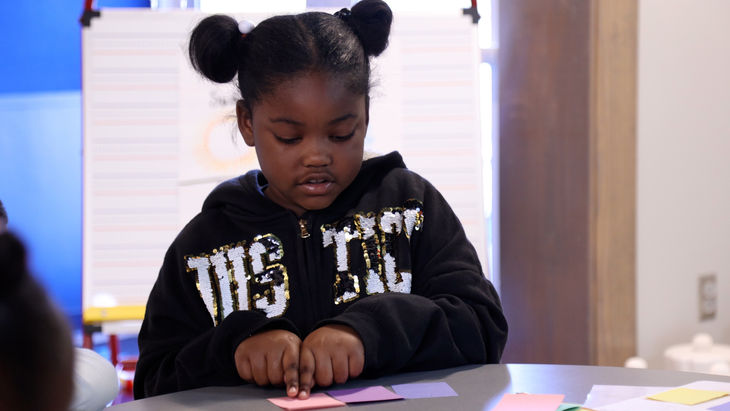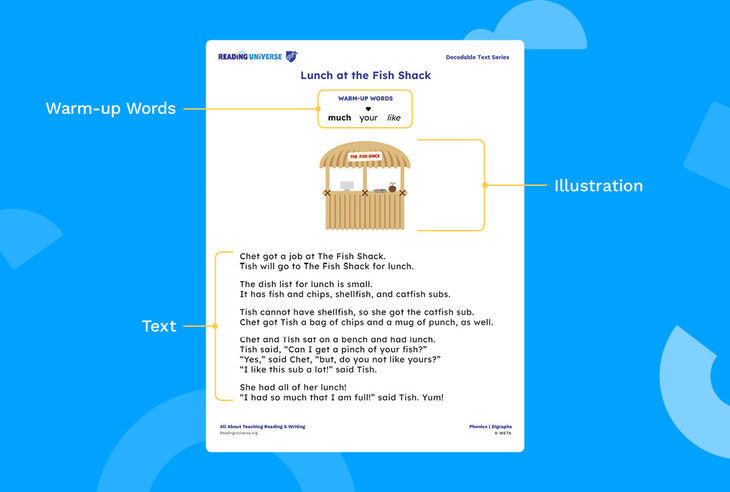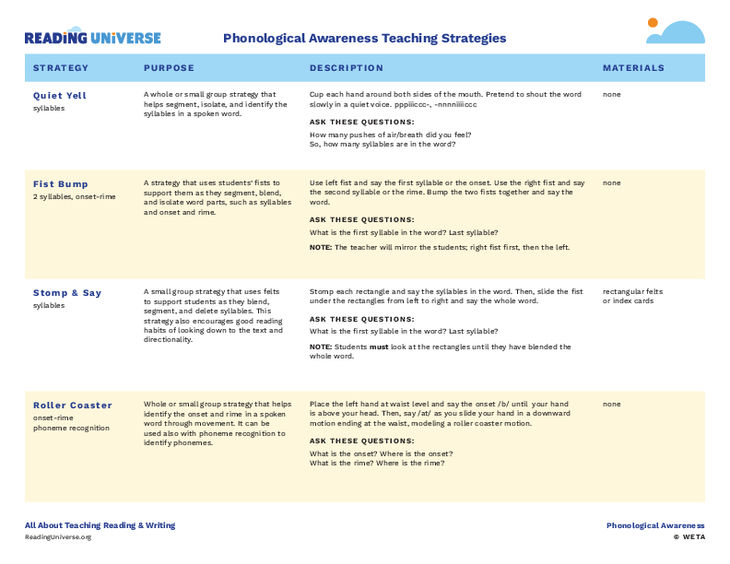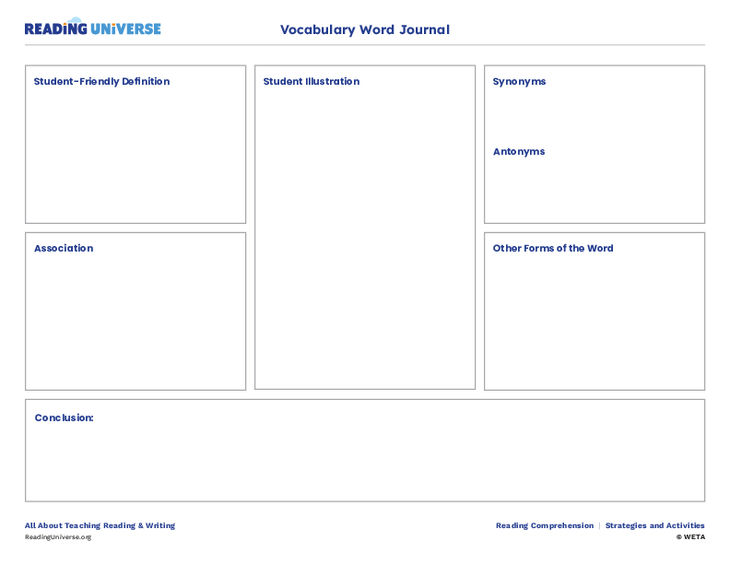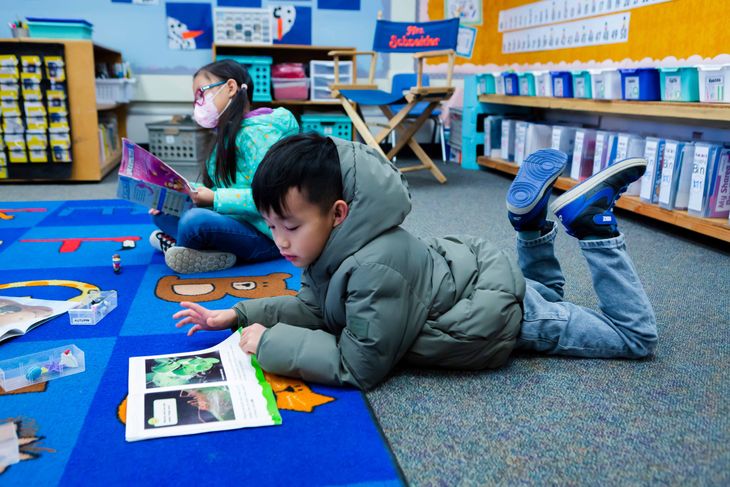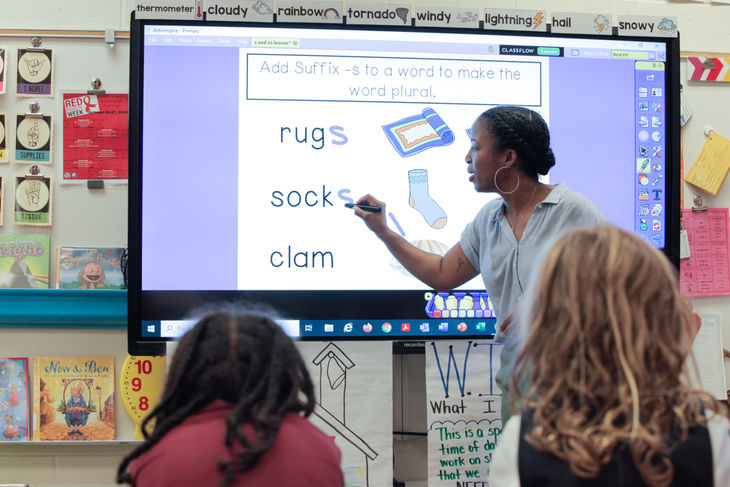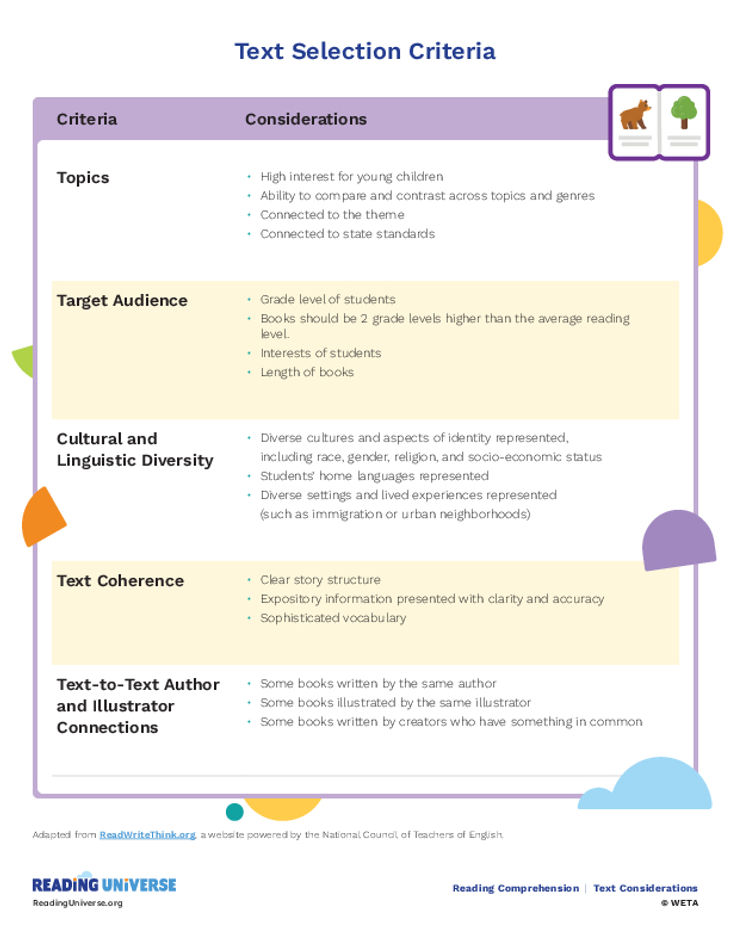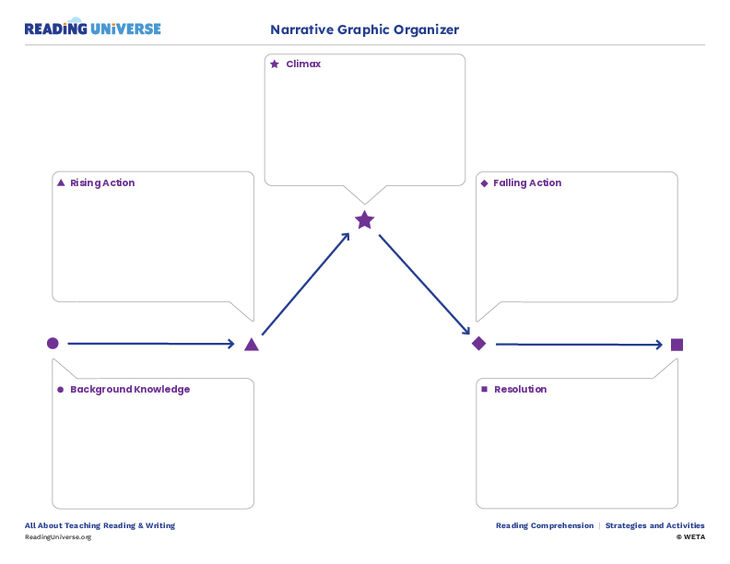
Explore Reading Universe
Use our advanced filter below to find what you need to support your students today! We've got lesson plans, teaching strategies, videos, skill explainers, printables, and more — all for free. You can sort by topic, resource type, and areas of essential support — including working with students with learning disabilities, students who speak a dialect, and English language learners.

Phonics Patterns Phonemic Awareness Phonemic Awareness Sound-Letter Correspondence Phonics Phonics Phonological Awareness Vocabulary Reasoning Morphology Text Considerations Strategies and Activities
- ...



